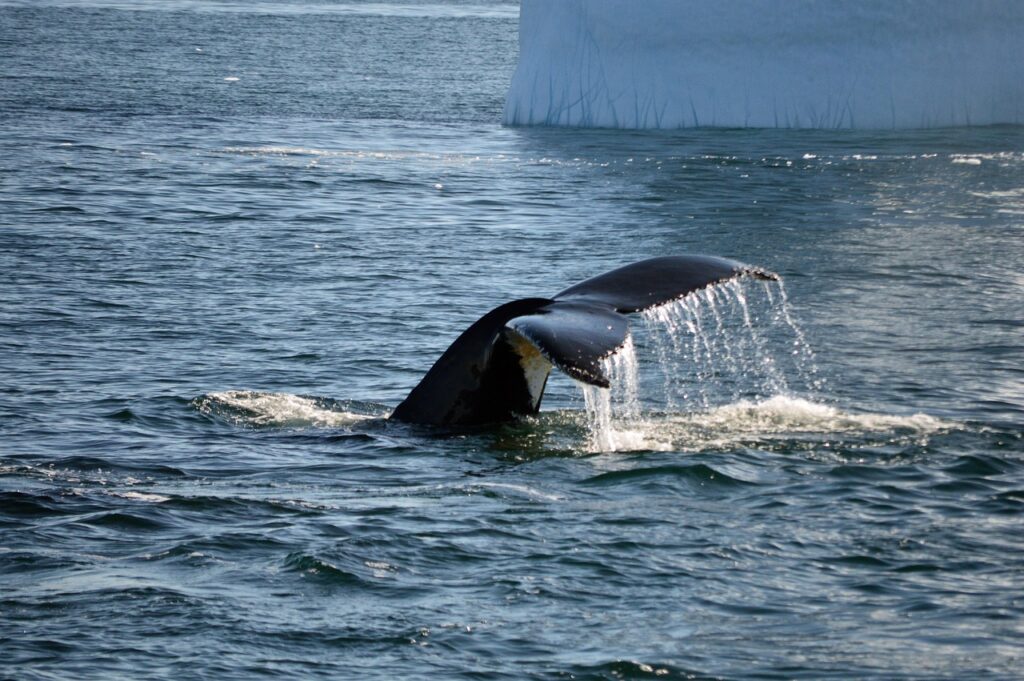Antarctic Peninsula

Whale Tail
The Antarctic Peninsula is where the silence cracks. Where mountains rise straight out of the sea and glaciers collapse like thunder. This is the doorway to the white continent — the most accessible corner of Antarctica, but no less fierce. It feels like Earth pulled the sky lower here. Like time froze mid-breath. And yet, in the cracks of this frozen frontier, life is everywhere.
Beneath the towering ice cliffs, penguins shuffle by the thousands, chattering like markets. On drifting floes, Weddell seals bask with eyes half-closed. Skuas wheel overhead. And below the surface — krill clouds drift, pursued by whales whose breath splits the calm. The cold doesn’t stop anything here. It simply filters out the unprepared.
A Coastline That Doesn’t Know Calm
Creatures That Live Between Ice and Ocean
Movement That Defines Survival
Nothing here is idle. Penguins march miles across ice to find open sea. Whales travel thousands of kilometers to feed. Seals time their breath with shifting tides and hidden cracks. Even the ice moves — inch by inch, collapse by collapse, carving the land beneath it. Everything alive here is either migrating, moulting, diving, or enduring.
Final Reflections
The Antarctic Peninsula isn’t untouched — it’s changing. Fast. Ice shelves break. Temperatures rise. Species shift. But for now, it remains one of the last places on Earth where the wild still owns the stage. Not politely. Not photogenically. But entirely. And when you stand on a rocky outcrop surrounded by thousands of squawking penguins, or watch a whale dive into water that reflects the sky like steel, you understand: the edge of the world is full of life. And it’s still writing its story.
Beneath the towering ice cliffs, penguins shuffle by the thousands, chattering like markets. On drifting floes, Weddell seals bask with eyes half-closed. Skuas wheel overhead. And below the surface — krill clouds drift, pursued by whales whose breath splits the calm. The cold doesn’t stop anything here. It simply filters out the unprepared.
A Coastline That Doesn’t Know Calm
- Gerlache Strait: Narrow, dramatic, and rich with whales. You float between black cliffs, past bergs that glow from within. Minke, humpback, and orcas pass like ghosts through sapphire water.
- Paradise Bay: Ironic name, but not wrong. It’s otherworldly. Silence pierced by calving glaciers, penguin colonies, and the echo of your own thoughts.
- Port Lockroy & Goudier Island: A former British base turned penguin neighborhood. History and wildness collide — and guano usually wins.
- Cierva Cove & Danco Coast: Icy coves where leopard seals patrol, gentoo penguins leap from water, and nothing moves without the sea’s permission.
- Lemaire Channel: So narrow it feels like a secret. Seabirds ride wind between sheer walls of rock and ice. It’s not the end of the world — but it feels close.
Creatures That Live Between Ice and Ocean
- Gentoo Penguin: Bright-billed, fast-swimming, and endlessly expressive. Found in raucous, messy colonies across rocky landings.
- Weddell Seal: Calm-eyed and deep-diving. Known for singing under ice and staying still as snow settles on their backs.
- Leopard Seal: Built like muscle and teeth. Agile, solitary, and efficient — a top predator in a place with few rules.
- Humpback Whale: Migrants from the tropics. Here to feed. Breaching, lunging, fluking, then gone.
- Antarctic Skua: Opportunist, scavenger, thief. A bird with no shame and perfect timing.
Movement That Defines Survival
Nothing here is idle. Penguins march miles across ice to find open sea. Whales travel thousands of kilometers to feed. Seals time their breath with shifting tides and hidden cracks. Even the ice moves — inch by inch, collapse by collapse, carving the land beneath it. Everything alive here is either migrating, moulting, diving, or enduring.
Final Reflections
The Antarctic Peninsula isn’t untouched — it’s changing. Fast. Ice shelves break. Temperatures rise. Species shift. But for now, it remains one of the last places on Earth where the wild still owns the stage. Not politely. Not photogenically. But entirely. And when you stand on a rocky outcrop surrounded by thousands of squawking penguins, or watch a whale dive into water that reflects the sky like steel, you understand: the edge of the world is full of life. And it’s still writing its story.
